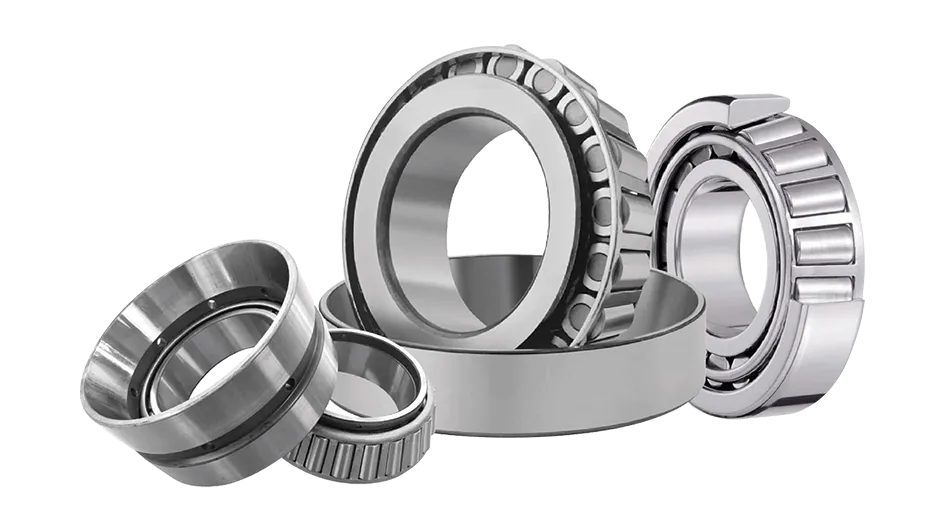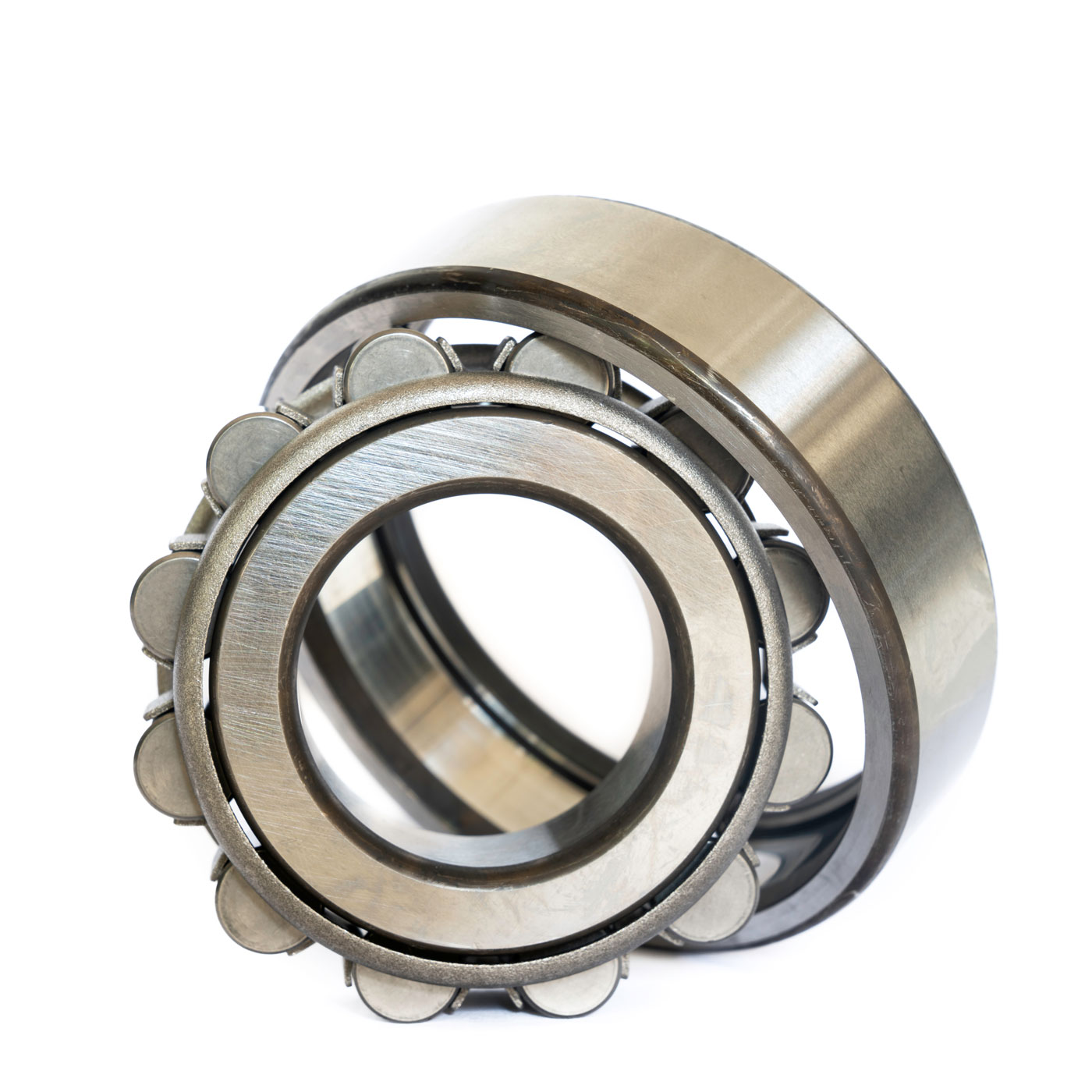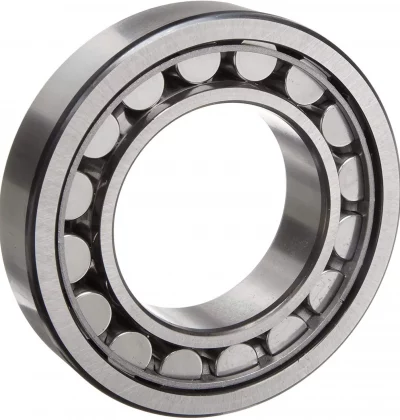Product Description
Product Description
Type:Slewing Bearing, Slewing ring bearing
Applicable Industries:Building Material Shops, Manufacturing Plant, Machinery Repair Shops, Retail, Food Shop, Printing Shops, Construction works , Energy & Mining, Food & Beverage Shops, Robot
Model Number:RU42 RU42UU RU42X RU42UUCC0P5 XRU2012 CRBF2012AT
Feature:CROSS ROLLER, High precision, high load capacity, dedicated for robots
Gear Options:Nongeared
Seals Type:Seal
Product Name:Cross Roller Bearing
Material:Chrome Steel, GCR15
Hardness:229-269H (slewing Bearing)
Application:Robot Arm,Robot base, robot joint, automation equipment
Precision:P5, P4 , P2
Stocks:Rich.
|
model number |
Main dimension |
Shoulder height |
weight |
||||||
|
inner ring d |
outer ring D |
Roller pitch circle diameter dp |
width B |
Greasing hole d1 |
r |
ds |
Dh |
kg |
|
|
RU42 |
20 |
70 |
41.5 |
12 |
3.1 |
0.6 |
37 |
47 |
0.62 |
|
RU66 |
35 |
95 |
66 |
15 |
3.1 |
0.6 |
59 |
74 |
0.62 |
|
RU85 |
55 |
120 |
85 |
15 |
3.1 |
0.6 |
79 |
93 |
1 |
|
RU124(G) |
80 |
165 |
124 |
22 |
3.1 |
1 |
114 |
134 |
2.6 |
|
RU124X |
|||||||||
|
RU148(G) |
90 |
210 |
147.5 |
25 |
3.1 |
1.5 |
133 |
162 |
4.9 |
|
RU148(X) |
|||||||||
|
RU178(G) |
115 |
240 |
178 |
28 |
3.1 |
1.5 |
161 |
195 |
6.8 |
|
RU178(G) |
|||||||||
|
RU228(G) |
160 |
295 |
227.5 |
35 |
6 |
2 |
208 |
246 |
11.4 |
|
RU228(X) |
|||||||||
|
RU297(G) |
210 |
380 |
297.3 |
40 |
6 |
2.5 |
272 |
320 |
21.3 |
|
RU297(X) |
|||||||||
|
RU445(G) |
350 |
540 |
445.4 |
45 |
6 |
2.5 |
417 |
473 |
35.4 |
Product Parameters
Detailed Photos
Packaging & Shipping
/* January 22, 2571 19:08:37 */!function(){function s(e,r){var a,o={};try{e&&e.split(“,”).forEach(function(e,t){e&&(a=e.match(/(.*?):(.*)$/))&&1
| Rolling Body: | Roller Bearings |
|---|---|
| The Number of Rows: | Multi-column |
| Material: | Bearing Steel |
| Samples: |
US$ 1/Piece
1 Piece(Min.Order) | Order Sample cross roller bearing
|
|---|
| Customization: |
Available
| Customized Request |
|---|
.shipping-cost-tm .tm-status-off{background: none;padding:0;color: #1470cc}
|
Shipping Cost:
Estimated freight per unit. |
about shipping cost and estimated delivery time. |
|---|
| Payment Method: |
|
|---|---|
|
Initial Payment Full Payment |
| Currency: | US$ |
|---|
| Return&refunds: | You can apply for a refund up to 30 days after receipt of the products. |
|---|
What are the Challenges Associated with Thermal Expansion in Tapered Roller Bearings?
Thermal expansion presents several challenges in tapered roller bearings, particularly in industrial and high-speed applications. As the bearing components heat up during operation, they expand, which can impact the bearing’s performance, longevity, and overall operation. Here are the challenges associated with thermal expansion in tapered roller bearings:
- Internal Clearance Reduction:
As the bearing components heat up, their dimensions increase due to thermal expansion. This reduction in internal clearance can lead to increased friction, higher operating temperatures, and even binding of the rolling elements.
- Lubrication Concerns:
Thermal expansion can affect the distribution and viscosity of the lubricant within the bearing. If the lubricant thins out due to temperature rise, it may not provide adequate protection against friction and wear, potentially leading to premature failure.
- Increased Friction and Wear:
With reduced internal clearance and potential changes in lubrication properties, the bearing is more susceptible to increased friction and wear. This can result in accelerated wear of the rolling elements, raceways, and cage.
- Higher Operating Temperatures:
Thermal expansion contributes to elevated operating temperatures within the bearing assembly. Excessive heat generation can degrade the lubricant, weaken bearing materials, and reduce overall efficiency.
- Alignment Issues:
Temperature-related expansion can lead to misalignment between bearing components, causing uneven loading and potential damage to the rollers and raceways. This misalignment can also lead to increased vibration and noise.
- Variability in Fit and Clearance:
Components within the bearing may expand at different rates due to variations in material properties. This can result in changes in fit and clearance between components, affecting the overall stability and performance of the bearing.
- Impact on Preload:
If a bearing is preloaded to eliminate internal clearance, thermal expansion can significantly affect preload values. This can lead to altered load distribution, increased stress on components, and potential bearing damage.
- Performance Inconsistencies:
Thermal expansion can introduce inconsistencies in bearing performance, especially during transient operating conditions where temperature changes occur rapidly.
- Limitations in High-Speed Applications:
In high-speed applications, the rapid temperature rise due to friction and heat generation can exacerbate the challenges of thermal expansion, necessitating careful design and lubrication strategies.
- Design and Material Considerations:
Manufacturers must carefully consider the materials and design aspects of tapered roller bearings to account for thermal expansion effects. This may involve selecting materials with suitable thermal properties and optimizing internal clearances.
Managing thermal expansion challenges requires a comprehensive approach that involves proper bearing design, lubrication strategies, and monitoring of operating conditions. Addressing these challenges ensures that tapered roller bearings can perform optimally and reliably in various applications.
Can cylindrical roller bearings be used in both radial and axial load applications?
Yes, cylindrical roller bearings are capable of supporting both radial and axial loads. They are designed to handle primarily radial loads but can also withstand certain axial loads depending on the bearing’s configuration and design features. Let’s delve into the details:
- Radial Load Capacity:
Cylindrical roller bearings are primarily designed to carry radial loads, which are perpendicular to the shaft’s axis. The cylindrical rollers distribute the load evenly along their length and transmit it to the raceways. The rings of the bearing, both the inner and outer rings, provide structural support and maintain the position of the rollers. The cylindrical shape of the rollers enables efficient load distribution, making cylindrical roller bearings suitable for applications with significant radial loads.
- Axial Load Capacity:
While cylindrical roller bearings are primarily designed for radial loads, they can also accommodate certain axial loads depending on their specific design features. There are different types of cylindrical roller bearings that offer varying degrees of axial load capacity:
- Single-row cylindrical roller bearings:
These bearings can accommodate limited axial loads in one direction. The axial load-carrying capacity is determined by the bearing’s internal design, including the shoulder and rib configurations on the inner and outer rings. Single-row cylindrical roller bearings with a full complement of rollers, where the cage is removed, can provide higher axial load capacity at the expense of reduced speed capability.
- Double-row cylindrical roller bearings:
Double-row cylindrical roller bearings have increased axial load-carrying capacity compared to single-row bearings. They can support axial loads in both directions and are often used in applications where combined radial and axial loads are present. Double-row cylindrical roller bearings have additional features such as increased rib height, modified internal clearance, or a different cage design to enhance their axial load-carrying capability.
- Multi-row cylindrical roller bearings:
Multi-row cylindrical roller bearings, such as four-row or six-row designs, offer even higher axial load capacity. These bearings are commonly used in heavy-duty applications where extremely high radial and axial loads need to be accommodated, such as rolling mills, crushers, or gearboxes.
It’s important to consider the specific load requirements of the application when selecting cylindrical roller bearings. Factors such as the magnitude and direction of the loads, the bearing’s speed capability, and any potential misalignment should be taken into account to ensure the bearing is properly sized and can handle the anticipated loads.
In summary, while cylindrical roller bearings are primarily designed to carry radial loads, they can also support certain axial loads depending on their design. Single-row, double-row, and multi-row cylindrical roller bearings offer varying degrees of axial load capacity, allowing them to be utilized in applications with combined radial and axial loads.
How do cylindrical roller bearings differ from other types of roller bearings?
Cylindrical roller bearings possess distinct characteristics that set them apart from other types of roller bearings. Let’s examine the key differences between cylindrical roller bearings and other common roller bearing types:
- Design and Structure:
Cylindrical roller bearings feature cylindrical rollers that have a high length-to-diameter ratio. This design allows them to accommodate high radial loads and moderate thrust loads. In contrast, other types of roller bearings, such as spherical roller bearings or tapered roller bearings, have different roller shapes and configurations tailored for specific load and application requirements.
- Load Capacity:
Cylindrical roller bearings excel in handling radial loads. Their cylindrical roller arrangement and large contact area with the raceways enable them to distribute loads evenly along the rollers’ length. This characteristic makes cylindrical roller bearings suitable for applications where the primary load is radial. In comparison, other roller bearing types may be better suited for applications with different load orientations or combinations of radial and axial loads.
- Thrust Load Capability:
While cylindrical roller bearings can accommodate moderate axial loads, they are primarily designed for radial load-carrying capacity. On the other hand, thrust roller bearings, such as spherical roller thrust bearings or tapered roller thrust bearings, are specifically designed to handle predominantly axial loads. These thrust bearings have different roller arrangements and structures optimized for axial load resistance.
- Internal Clearance:
Cylindrical roller bearings offer a range of internal clearances, which is the space between the rolling elements and raceways when no external load is applied. The internal clearance affects factors such as running accuracy, thermal expansion, and the ability to accommodate misalignment or axial displacement. In contrast, other roller bearing types may have different clearance options or incorporate specific features, such as preloading, to optimize performance in their respective applications.
- Application Diversity:
Cylindrical roller bearings find extensive use in various machinery applications, including electric motors, gearboxes, pumps, and compressors. However, other roller bearing types have their own advantages and are commonly employed in specific industries or applications. For instance, needle roller bearings are suitable for applications with limited radial space, while crossed roller bearings are commonly used in precision machinery that requires high positioning accuracy.
- Operating Speed:
Cylindrical roller bearings can operate at high speeds, depending on their design and internal clearance. Manufacturers provide speed ratings and guidelines to ensure proper selection and operation within the bearing’s speed limits. Other roller bearing types may have different speed capabilities based on their specific design features, such as the shape of the rollers, cage design, or lubrication requirements.
Understanding the differences between cylindrical roller bearings and other types of roller bearings is crucial for selecting the appropriate bearing for a given application. Factors such as load requirements, load orientation, speed, space limitations, and environmental conditions should be carefully considered to ensure optimal bearing performance and longevity.
editor by CX 2024-05-16




